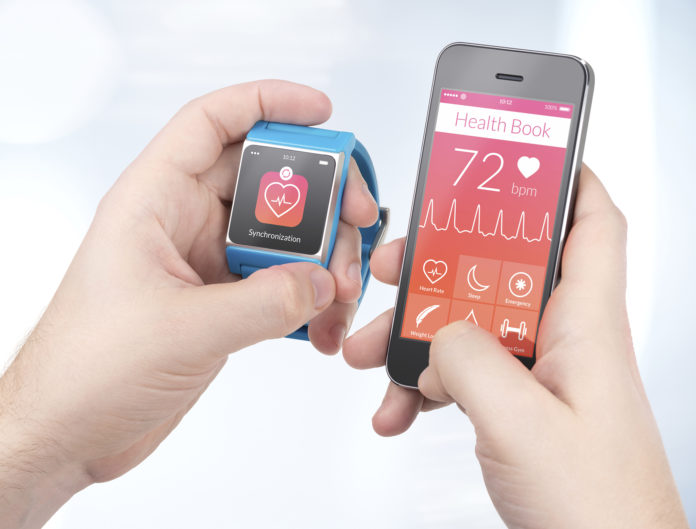
Along with the rapid development of technology in the mobile sector, there has come a growing number of health apps, which can keep track of and analyse everything from the amount of steps taken each day to the development of serious cancer. If an app is considered to be a diagnostic and/or therapeutic tool, the app is no longer “just an app”. It is to be regarded as a “medical device”, which gives rise to the imposing of certain legal obligations in respect of the app.
Whether the particular app is to be classified as a medical device according to the Directive 2007/47/EC (the “Medical Device Directive”) depends upon the intended use for the app.
If the app is specifically intended to have one or more diagnostic or therapeutic uses, the app must comply with the strict requirements for medical devices including in respect of marketing, quality assurance, approval by relevant national government authorities and, of course, the protection of the user’s personal medical data.
By way of example, a smartphone with an app using the built-in camera is not a medical device just because it can take pictures of a suspected symptom and send it to your doctor in order for him to examine the symptoms further. If, on the other hand, the app is able to analyse the picture and generate a diagnosis or suggest a treatment, the app is to be considered a medical device.
Furthermore, the app needs to process the data in a way that exceeds the mere storage, archiving or communication of the data. The “action” needs to surpass a certain threshold of analytical or interpretive functionality, hereby enabling the diagnosis, prevention, monitoring, treatment or alleviation of diseases in or on the human body.
For illustration purposes, a simple step-counter app, monitoring how many steps you have taken, kilometres you have run or steps you have climbed during a day, is not a medical device, as it merely stores information with no health-related analytical or interpretive element.
However, as soon as the app processes the stored information for the purposes of any form of diagnosis, prevention, monitoring, treatment or alleviation of diseases, it becomes a medical device!
This creates a number of legal challenges for developers navigating the market of medico-apps, all the more so due to the differing national implementation of the Medical Device Directive, which complicates the process further especially in relation to marketing the app in the European Union.
As a first step, the app must be approved by a relevant European CE-authority and comply with all relevant requirements set out at Annex I of the Medical Device Directive.
Further, the marketing of such medico-app in Denmark or towards the Danish market must not only comply with normal marketing rules but also The Danish Medical Device Marketing Act with its strict rules including Chapter Two, which provides detailed regulation and certain specific limitations. Particular attention must be paid to § 6 of the Act, which contains certain restrictions in relation to the marketing of a device to consumers. Specifically, the advertisement cannot (1) contain recommendations from health care professionals, (2) directly or indirectly mention serious diseases or (3) contain references to studies, reports, publications, journals, etc.
Furthermore, where the app processes the user’s health data, the user must provide his or her explicit consent in accordance with the Data Protection Directive. The strict rules regarding the handling and processing of health data according to the Danish Data Protection Act must also be complied with by the producer/datacontroller and special attention should be given when using foreign cloud based dataprocessors.
Finally, all medical devices are subject to continuing quality assurance by approved national authorities in accordance with the Medical Device Directive Annex II-VI. Presafe Denmark A/S carries out such quality assurance in Denmark at present.
In summary, preparing medico-apps for marketing in the EU requires not only a comprehensive understanding and overview of the different national legislation in force in each Member State but also of the app itself, including the functionality and intended use and likely misuse of the app, in order to determine, which legislation applies. Close collaboration between the developers and their legal advisors when developing medico-apps is therefore highly recommended.
By Peter Lind Nielsen and Mathias Bartholdy.









